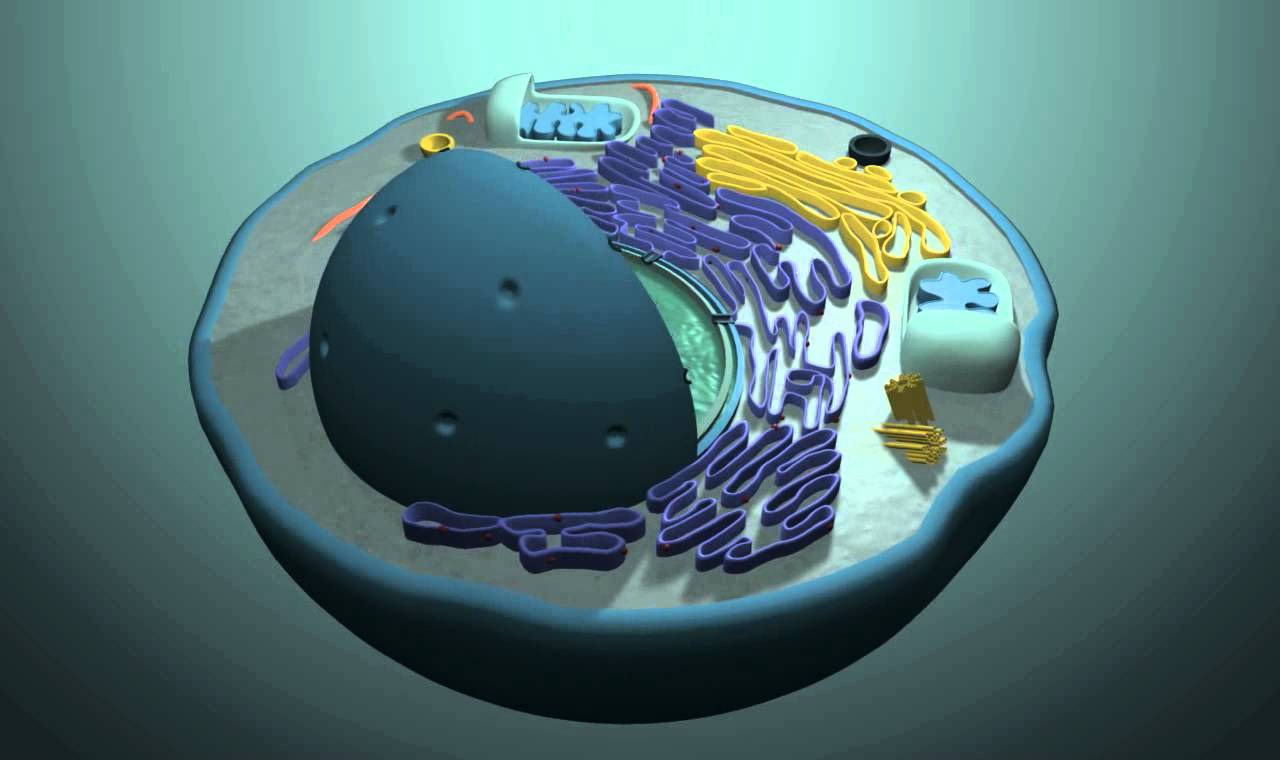Top Stories

The 3D Cell Culture Global Market Is Poised to Grow to Reach $3,702.2 Million by 2021
The 3D cell culture global market is poised to grow at a double digit CAGR to reach $3,702.2 million by 2021. The 3D cell culture market is classified based on type, applications, end-users and geography. The 3D cell culture by technology is segmented into scaffold based platform, scaffold free platform, bioreactors, microchips and hydrogels.
3D cell culture is accepted as a new dimension of cell culture sector in biomedical research field. Cells grown on two-dimensional (2D) substrates do not represent true in-vivo cell environment and lack extracellular components, cell-cell and cell-matrix interactions necessary for differentiation, proliferation and cell-based functions.
Hence, now-a-days three-dimensional (3D) cell culture methods are much preferred over 2D models as they provide a matrix support that encourages cells to organize into structures more indicative of the in--vivo environment and help to overcome 2D related shortcomings.
Increased use of 3D cell culture systems bring the hope of lowering lead molecule attrition rates but however, these models restricts huge data reproducibility, challenge assay readout systems and do not contain all cells relevant for tumour environment. In addition, the favourable artificial environment created by 3D model enables longer-term dosing experiments for analyzing drug's cumulative effects.
Scaffold based platform is sub-segmented into natural scaffold, synthetic scaffold and hybrid composite. Natural scaffold is in-turn classified into protein based biomaterials (collagen, fibrin, silk, gelatin, elastin, keratin, actin and myosin, laminin and vitronectin) and polysaccharide based biomaterials (Agarose, alginate, hyaluronan, chitosan, amylase, dextran, cellulose and glycosaminoglycans).
The synthetic scaffold is divided into polymer based biomaterials (Poly (lactic-co-glycolic acid), Polyethylene glycol, Polylactic acid, Polyglycolic acid, Polycapro lactone and polystyrene), peptide based biomaterials, ceramic based biomaterials (hydroxyapatite and bioactive glass) and metal based biomaterials (aluminium and titanium).
Scaffold free platform is sub-divided into low attachment surface, hanging drop method and microfluidics. The bioreactors segment consists of spinner flask, rotating wall vessel and perfusion bioreactors. The 3D cell culture consumables section contains cells and tissues, media and sera and reagent.
Further, the 3D culture market by application includes basic research, toxicity and drug safety screening, tissue engineering, stem cell research, drug discovery, gene therapy and cancer research. The 3D cell culture market is segmented into research laboratories and institutes, biotechnology and pharmaceutical industries, hospitals and diagnostic centers and others.
Finally, the 3D cell culture market is classified by geographical regions into North America, Europe, Asia-Pacific and Rest of the World.
Key Topics Covered:
1 Executive Summary
2 Introduction
3 Market Analysis
4 3D Cell Culture Global Market, By Type
5 3D Cell Culture Global Market, By Applications
6 3D Cell Culture Global Market, By End Users
7 Regional Analysis
8 Competitive Landscape
9 Major Companies



Comments